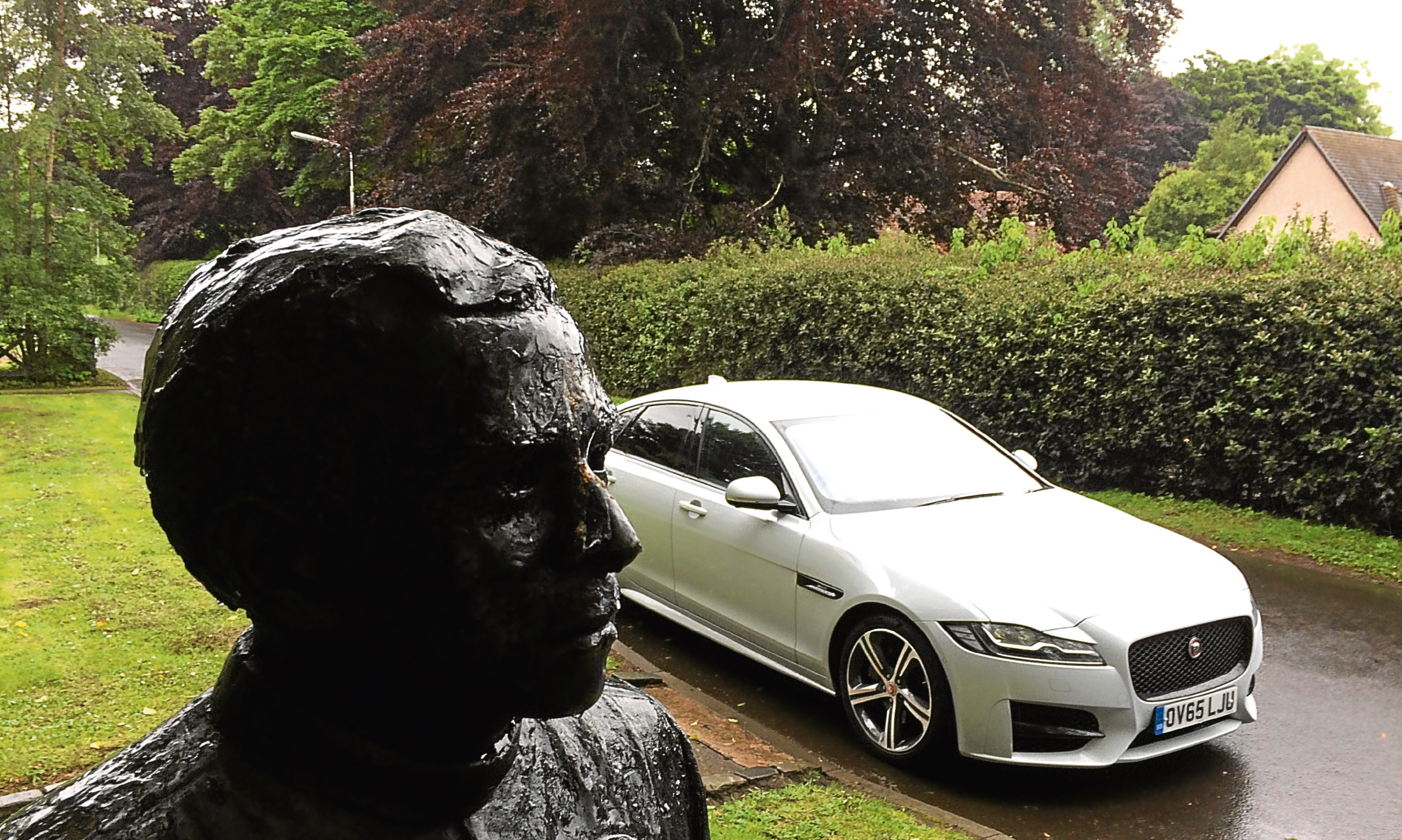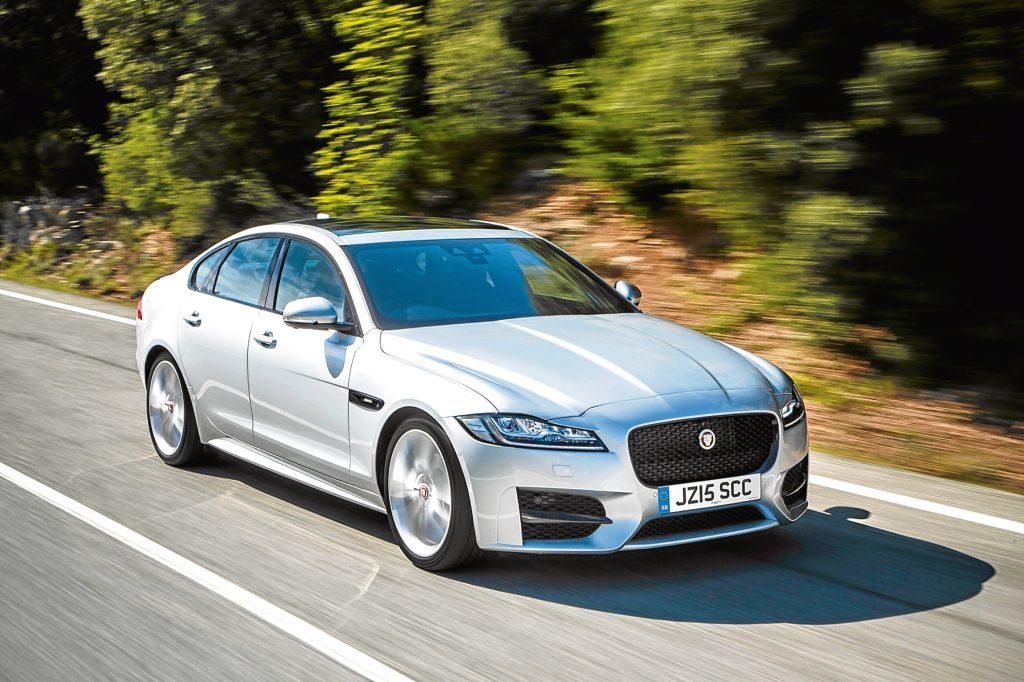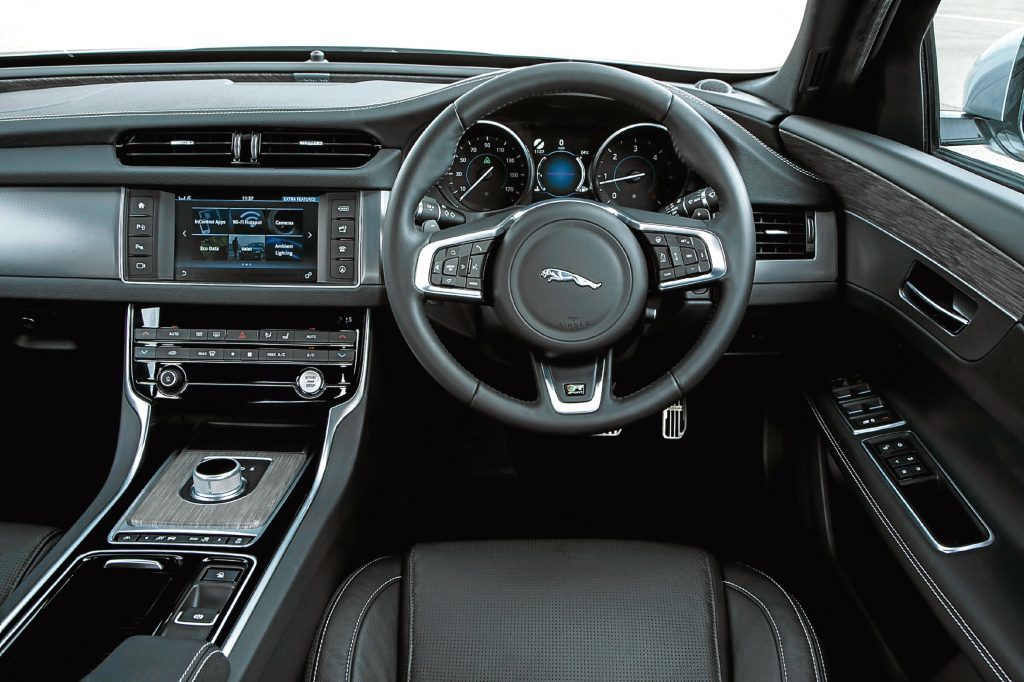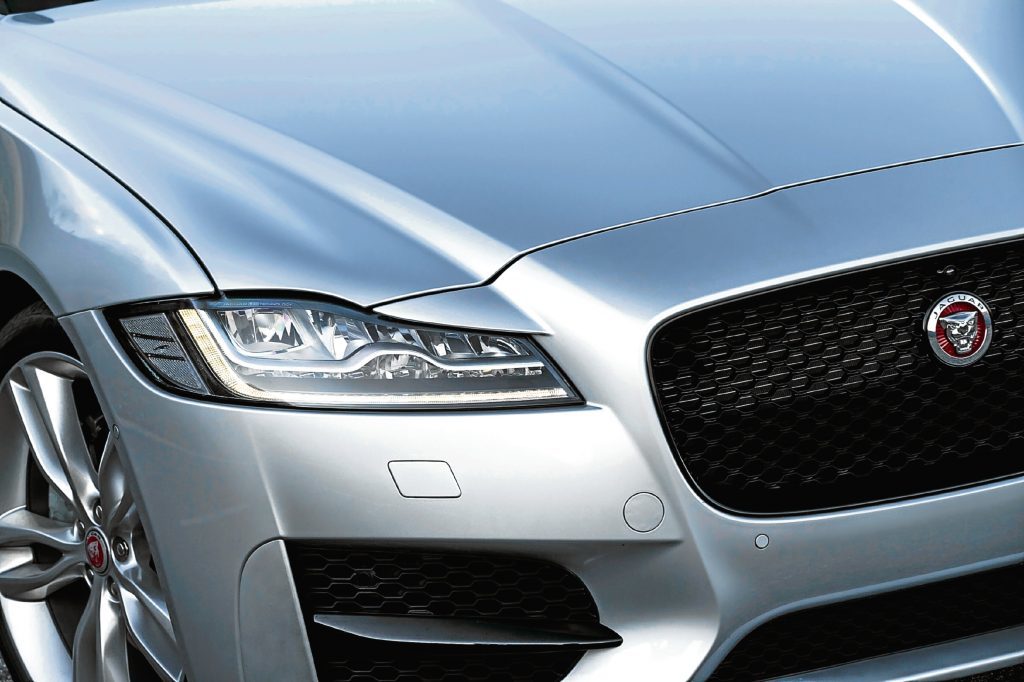Within the annals of the world’s most famous endurance race, Scotland and Jaguar are forever bound by the achievements of Ecurie Ecosse.
In 1956, the Jaguar D Type of the team founded by Edinburgh businessman David Murray took the greatest prize in sportscar racing with 24 Heures Du Mans victory at the hands of Ron Flockhart and Ninian Sanderson.
Remarkably, Ecurie Ecosse then repeated the feat the following year, Ivor Beub partnering Flockhart to overall honours in front of the massive Le Mans crowd.
For a 2016 road trip to the 84th running of the event at the Circuit de la Sarthe, it seemed entirely appropriate to trace those famous wheeltracks from the cobbles of the original team base in the capital’s Merchiston Mews to the majesty of the Mulsanne in the latest version of one of Gaydon’s star performers, the XF executive sport saloon.
First introduced in 2007, the new XF arrived in late 2015, a significantly lighter and stiffer evolution which shares its aluminium architecture with the marque’s magnificent XE.
My test car for the continental foray was the XF R-Sport, equipped with the higher-powered 180hp diesel version of Jaguar Land Rover’s two-litre, four cylinder Ingenium engine.
The XF range of petrol and diesel engines stretches upwards from a 163PS diesel to the supercharged 3.0 V6 of the thrilling XF S, but allied to the excellent eight-speed automatic gearbox and with low emissions of 114g/km, this two-litre will rightly be the first choice of many buyers.
Capable of carrying its five cosseted occupants to 60mph in under eight seconds and on to 142 miles per hour, the engine of this leaping cat purrs softly and silently on the motorway.
Fuel consumption over more than 1,700 mainly motorway miles was a bit short of Jaguar’s claimed combined 65mpg, but with a complement of four adults, and the XF’s capacious 505-litre boot fully tested by luggage and camping gear, it was more than acceptable.
The full leather interior is a magnificent place to be, sprinkled with neat design touches. Jaguar’s model revision also created more rear room, meaning the longer-legged members of our Le Mans crew were as happy nestled in the heated back seats as those up front.
My test XF R-Sport’s base price of £36,850 was boosted to £500 shy of £50k by the addition to an already impressive standard spec sheet of myriad options including the superb advance parking assist pack and surround camera (£1,940), adaptive LED headlamps (£1,225) and the brilliantly Top Gun-esque laser head-up display (£1,220), which projects speed and sat nav directions onto the screen in front of the driver.
The Le Mans weather – despite delivering a torrential downpour which saw this year’s 24 Hours start under the safety car on the 8.3 mile La Sarthe track – didn’t require the need to test the remote-controlled cabin pre-heat function (£1,000), but back home in an Angus winter it could be money well spent. Five spoke satin grey alloys (£1,200), black pack (£650) and privacy glass (£375) were external additions to the standard R-Sport bodykit and sports suspension.
Against highly capable segment rivals from the likes of Audi and BMW it is the handsome and purposeful presence of this model which ensures it stand out from the crowd – the XF exudes character and class, inside and out.
On such an important trip down memory lane 60 years on from Jaguar’s finest endurance racing moment, it could not have been a more ideal travelling companion.
Price:
£36,850
0-62mph:
8.1 seconds
Top speed:
142mph
Economy:
65.7mpg
CO2 emissions:
114g/km



